1959 AC ACECA BRISTOL GT COUPE Chassis No. BEX 739 Engine No. 100D 613 Dark blue with red leather upholstery Engine: straight six, 1,971cc, triple Weber carburetors, 120/140bhp at 6000rpm; Gearbox: four speed manual with synchromesh; Suspension: fully independent by transverse leaf springs and lower wishbones; Brakes: four wheel drum. Left hand drive. By the early 1950's AC Cars was a small independent manufacturer with a secure reputation as a builder of carefully handcrafted, comfortable two-litre fast touring automobiles of impeccable breeding, powered by their venerable light-alloy overhead camshaft engine. William and Charles Hurlock, who had ably controlled the company's destinies since 1930, were well aware that their rambling Thames-side factory had neither the design facilities nor the financial resources to compete against a new generation of modern-specification, high performance, saloons from other larger concerns. Casting about for an alternative that they could build in their modest workshops by highly skilled craftsmen, they were introduced to John Tojeiro. He had designed what was to become an invincible English sports racer (especially in the hands of Cliff Davis, the amateur driver) of advanced specification, with well-conceived fully independent suspension and power from a carefully tuned two-litre Bristol unit, the whole clad with a lightweight Italianate spyder body. A deal was quickly agreed between AC and Tojeiro and the handsome new Ace was shown at the 1953 London Motor Show. At first the willing AC light six power plant was used, but it was soon evident that more power was needed and the Bristol engine in the 100D tune (that was unique to AC) was offered as an option in 1956. Meanwhile, at the 1954 London show AC had introduced a beguiling Grand Touring coupe they called the Aceca. Typically, when confronted with demand for a closed version of the Ace, they were not content merely to bolt in a detachable hardtop. The new coupe was given a smooth new outline with the rear window opening, Aston-Martin DB2/4 fashion, to give access to the luggage area behind the seats. The occupants' comfort was considered; the chassis mounted differential was mounted on rubber and there was robust sound-absorbing molded glassfibre bulkhead between engine and cabin. Given a slightly shorter rear axle gearing to compensate for the Aceca's modest increase in weight, it had a lower top speed than its open sister, but was as accelerative. It too was offered with a higher-priced Bristol engine option, in which form, although admittedly rather expensive, the Aceca was a mouth-watering Grand Tourer, comfortable, responsive, tireless over great distances. As tested for Autosport by the redoubtable John Bolster, an Aceca Bristol with overdrive recorded a stunning 128.57mph; Road & Track's 105mph was more typical of roadgoing versions. Although it is not possible to be certain from existing factory records, it is believed that about 45 Aceca Bristols were directly imported into the USA by AC's East and West Coast distributors. Others have migrated at intervals since. This particular example was originally built with left hand drive for the North American market. In the current owner's hands for the past ten years, it has received a great deal of careful attention to bring it to its current stunning condition. Firstly a respray from bare aluminum to the highest degree was undertaken at a cost approaching $25,000. No prior body damage was discovered. New red leather upholstery and carpets were also fitted. Three or four years later an exhaustive rebuild was undertaken in the renowned workshop of Phil Reilly under the guidance of Ivan Zaremba. The car has covered less than a 1,000 miles since and the current mileage now reads 69,000. The car now has the very desirable triple twin-choke carburetors long preferred by those who wish their Bristol engine to give its best. The original Solexes will be supplied with the car. Always rare
1959 AC ACECA BRISTOL GT COUPE Chassis No. BEX 739 Engine No. 100D 613 Dark blue with red leather upholstery Engine: straight six, 1,971cc, triple Weber carburetors, 120/140bhp at 6000rpm; Gearbox: four speed manual with synchromesh; Suspension: fully independent by transverse leaf springs and lower wishbones; Brakes: four wheel drum. Left hand drive. By the early 1950's AC Cars was a small independent manufacturer with a secure reputation as a builder of carefully handcrafted, comfortable two-litre fast touring automobiles of impeccable breeding, powered by their venerable light-alloy overhead camshaft engine. William and Charles Hurlock, who had ably controlled the company's destinies since 1930, were well aware that their rambling Thames-side factory had neither the design facilities nor the financial resources to compete against a new generation of modern-specification, high performance, saloons from other larger concerns. Casting about for an alternative that they could build in their modest workshops by highly skilled craftsmen, they were introduced to John Tojeiro. He had designed what was to become an invincible English sports racer (especially in the hands of Cliff Davis, the amateur driver) of advanced specification, with well-conceived fully independent suspension and power from a carefully tuned two-litre Bristol unit, the whole clad with a lightweight Italianate spyder body. A deal was quickly agreed between AC and Tojeiro and the handsome new Ace was shown at the 1953 London Motor Show. At first the willing AC light six power plant was used, but it was soon evident that more power was needed and the Bristol engine in the 100D tune (that was unique to AC) was offered as an option in 1956. Meanwhile, at the 1954 London show AC had introduced a beguiling Grand Touring coupe they called the Aceca. Typically, when confronted with demand for a closed version of the Ace, they were not content merely to bolt in a detachable hardtop. The new coupe was given a smooth new outline with the rear window opening, Aston-Martin DB2/4 fashion, to give access to the luggage area behind the seats. The occupants' comfort was considered; the chassis mounted differential was mounted on rubber and there was robust sound-absorbing molded glassfibre bulkhead between engine and cabin. Given a slightly shorter rear axle gearing to compensate for the Aceca's modest increase in weight, it had a lower top speed than its open sister, but was as accelerative. It too was offered with a higher-priced Bristol engine option, in which form, although admittedly rather expensive, the Aceca was a mouth-watering Grand Tourer, comfortable, responsive, tireless over great distances. As tested for Autosport by the redoubtable John Bolster, an Aceca Bristol with overdrive recorded a stunning 128.57mph; Road & Track's 105mph was more typical of roadgoing versions. Although it is not possible to be certain from existing factory records, it is believed that about 45 Aceca Bristols were directly imported into the USA by AC's East and West Coast distributors. Others have migrated at intervals since. This particular example was originally built with left hand drive for the North American market. In the current owner's hands for the past ten years, it has received a great deal of careful attention to bring it to its current stunning condition. Firstly a respray from bare aluminum to the highest degree was undertaken at a cost approaching $25,000. No prior body damage was discovered. New red leather upholstery and carpets were also fitted. Three or four years later an exhaustive rebuild was undertaken in the renowned workshop of Phil Reilly under the guidance of Ivan Zaremba. The car has covered less than a 1,000 miles since and the current mileage now reads 69,000. The car now has the very desirable triple twin-choke carburetors long preferred by those who wish their Bristol engine to give its best. The original Solexes will be supplied with the car. Always rare

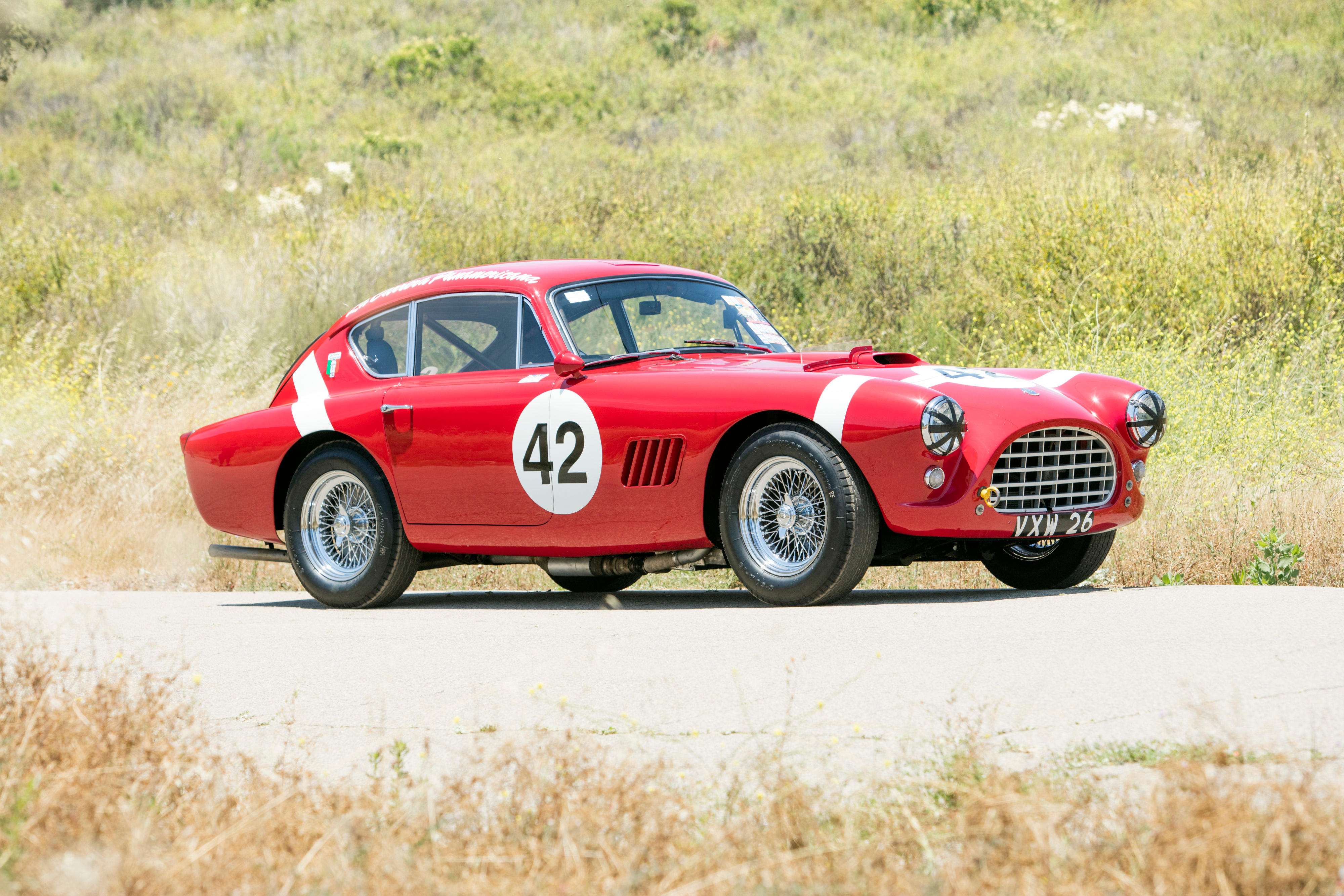

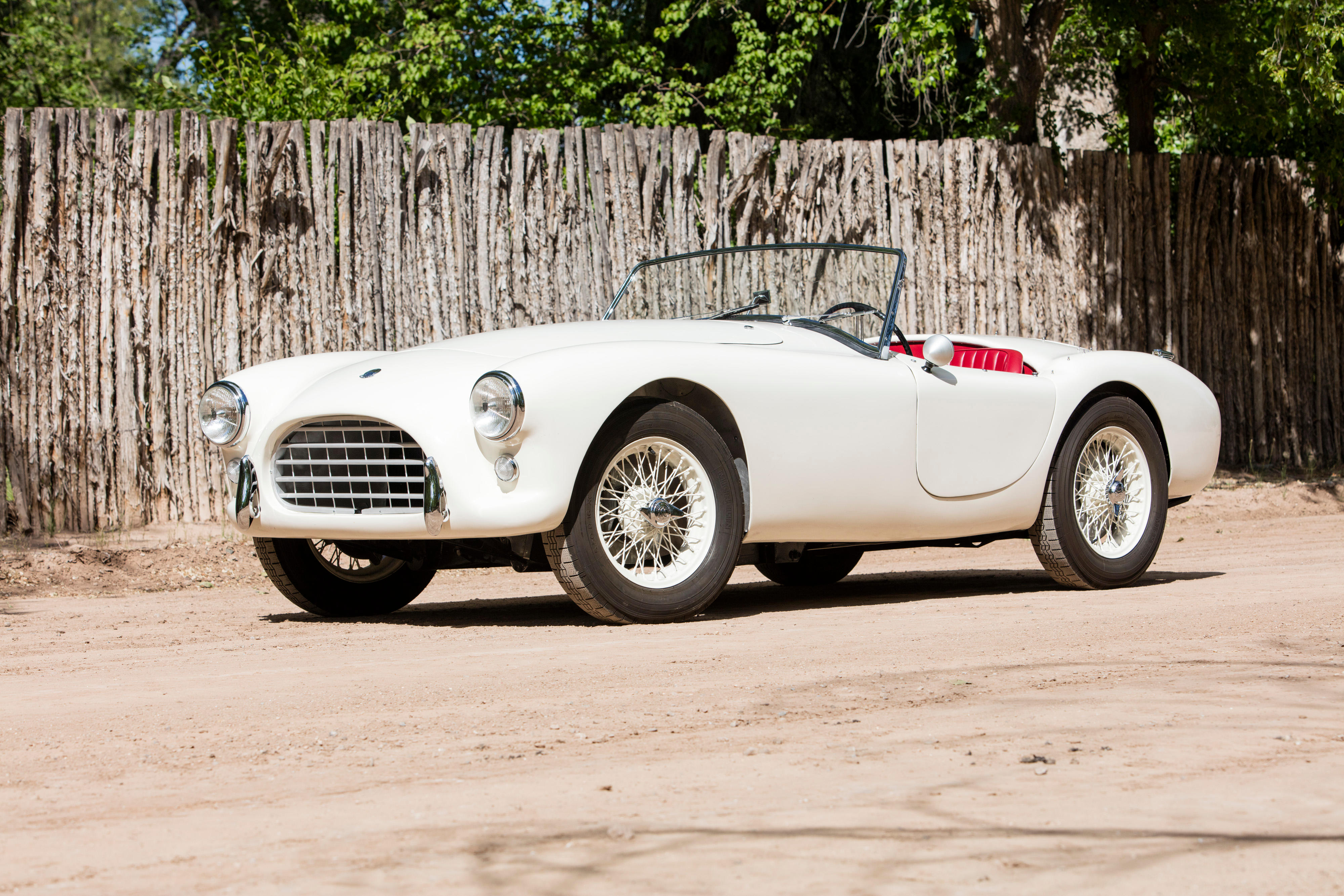
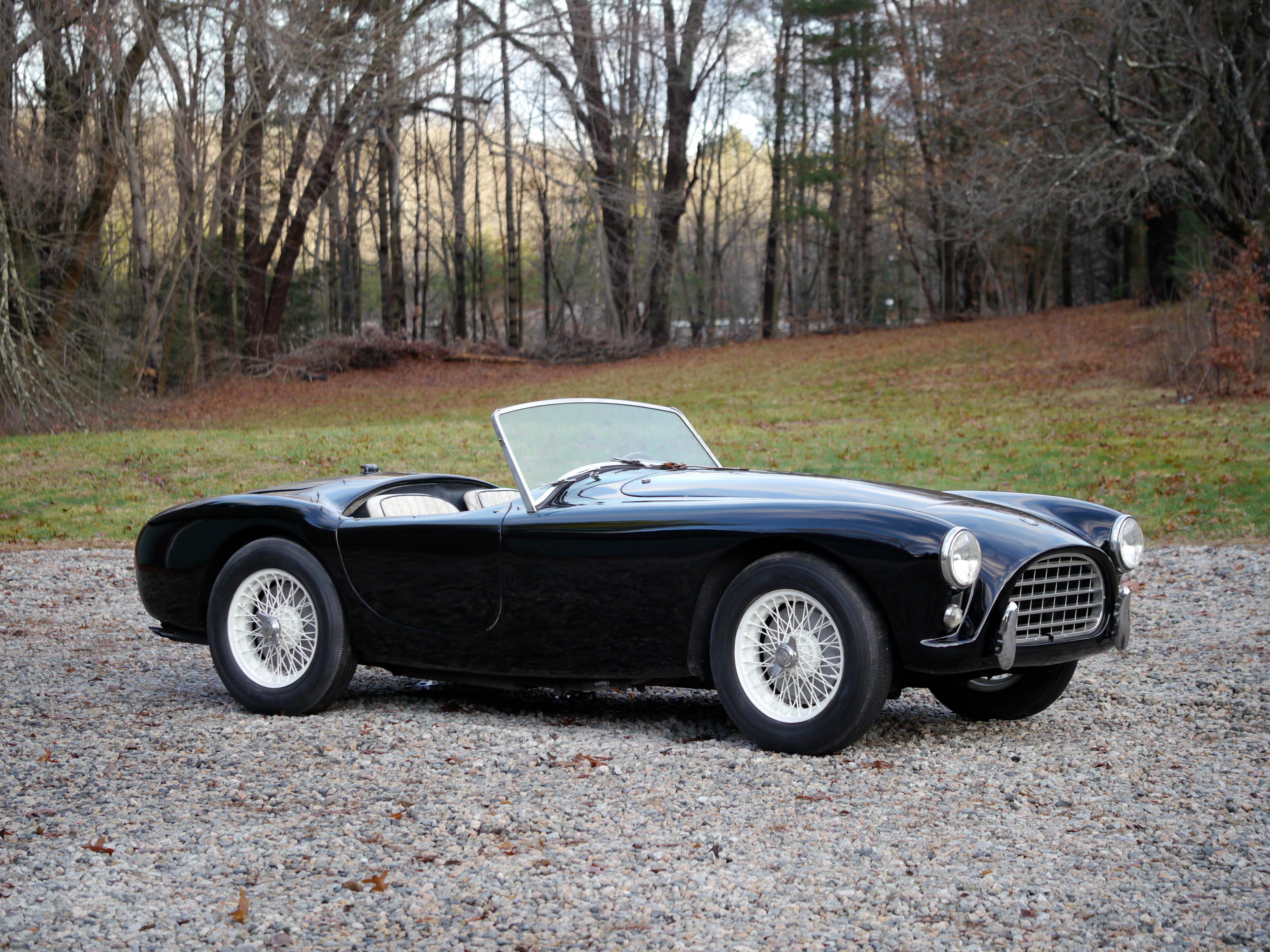

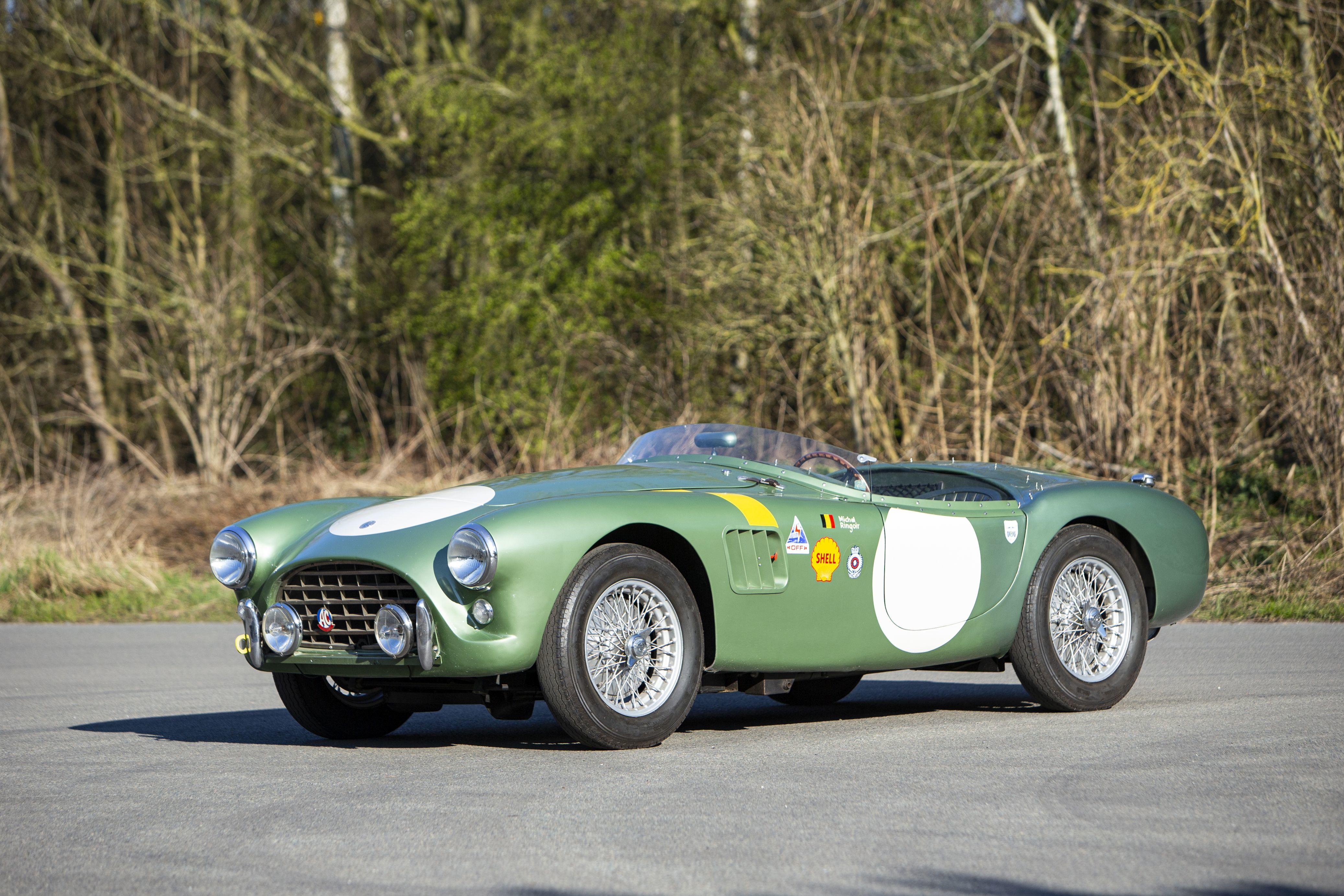
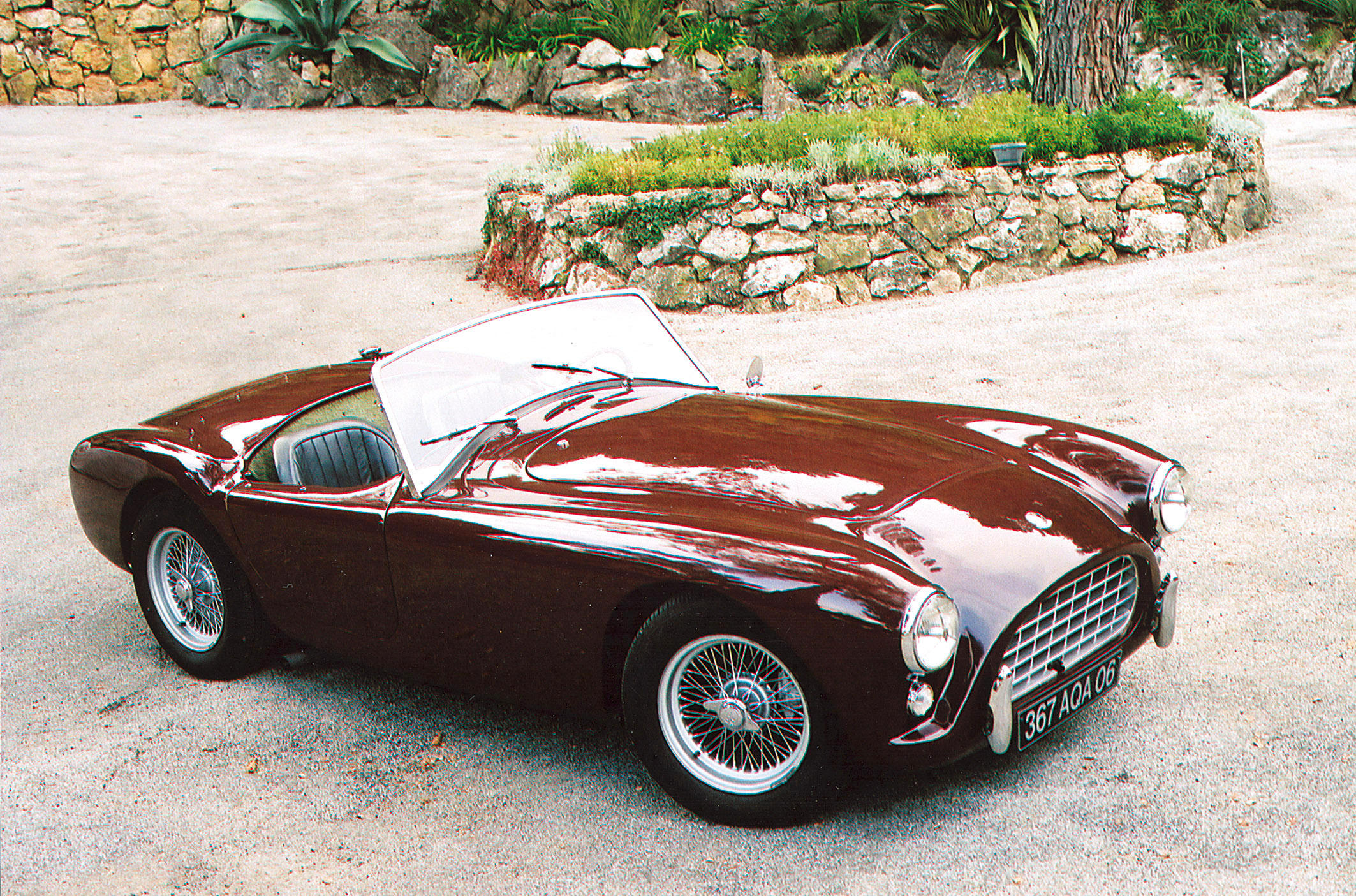

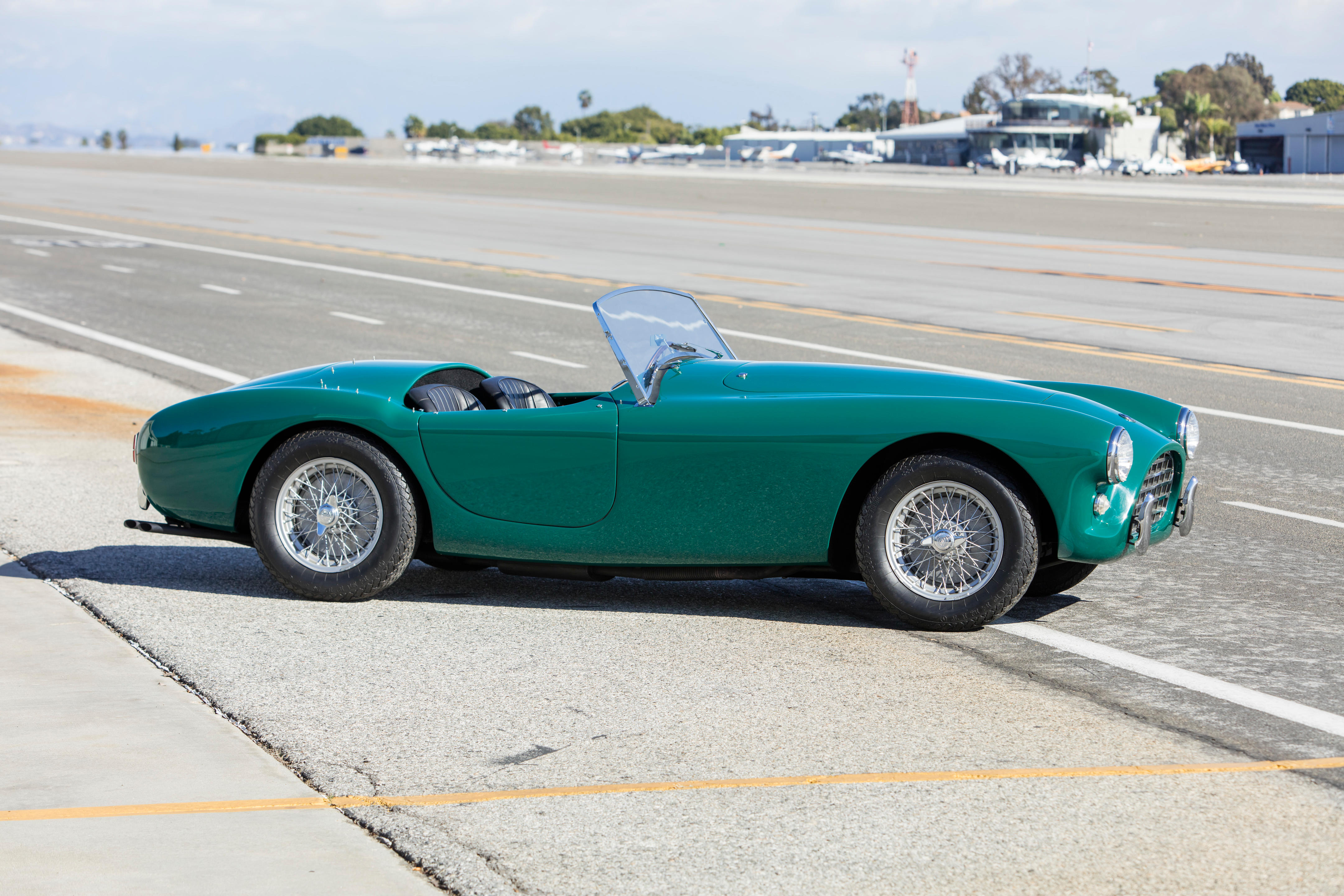
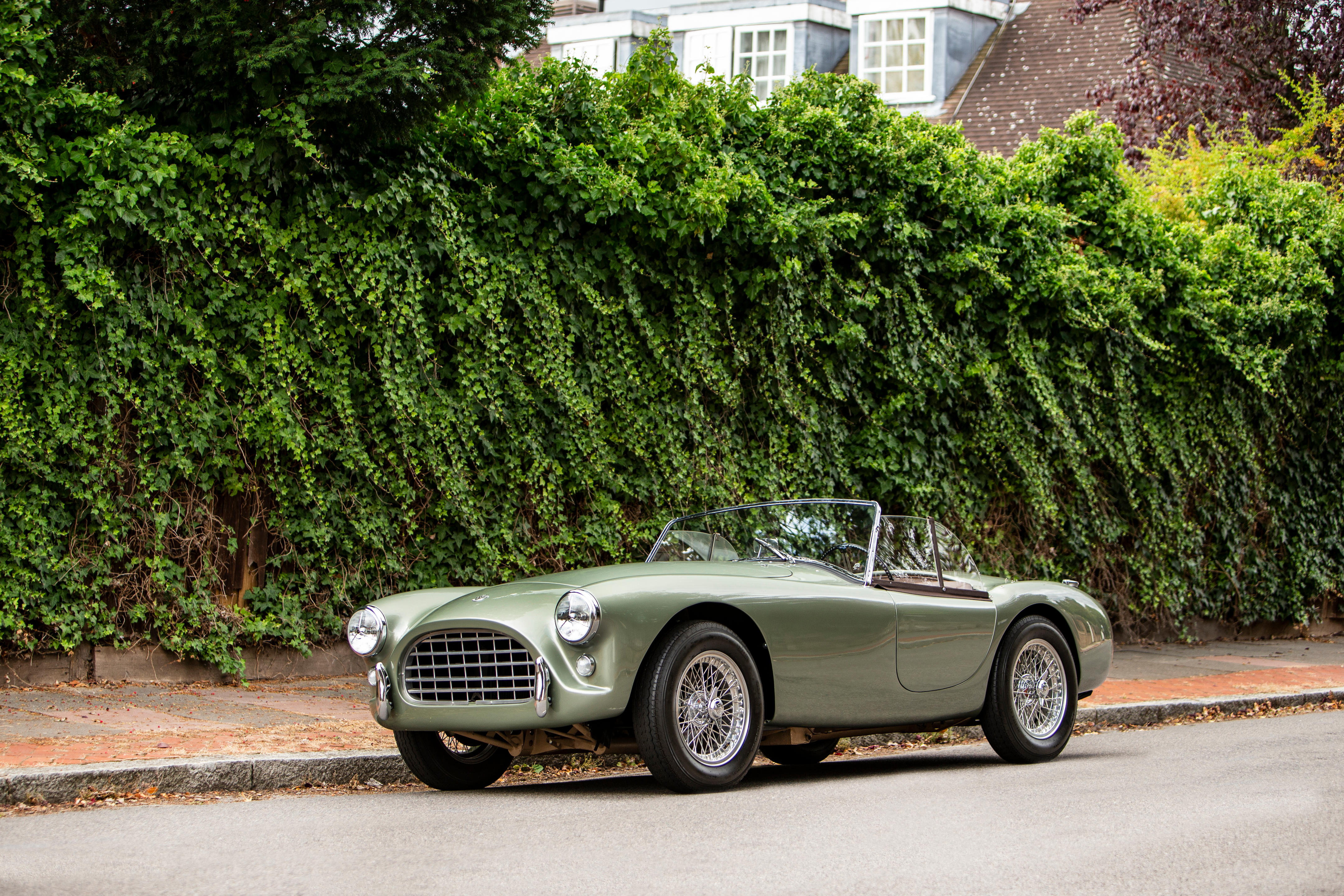


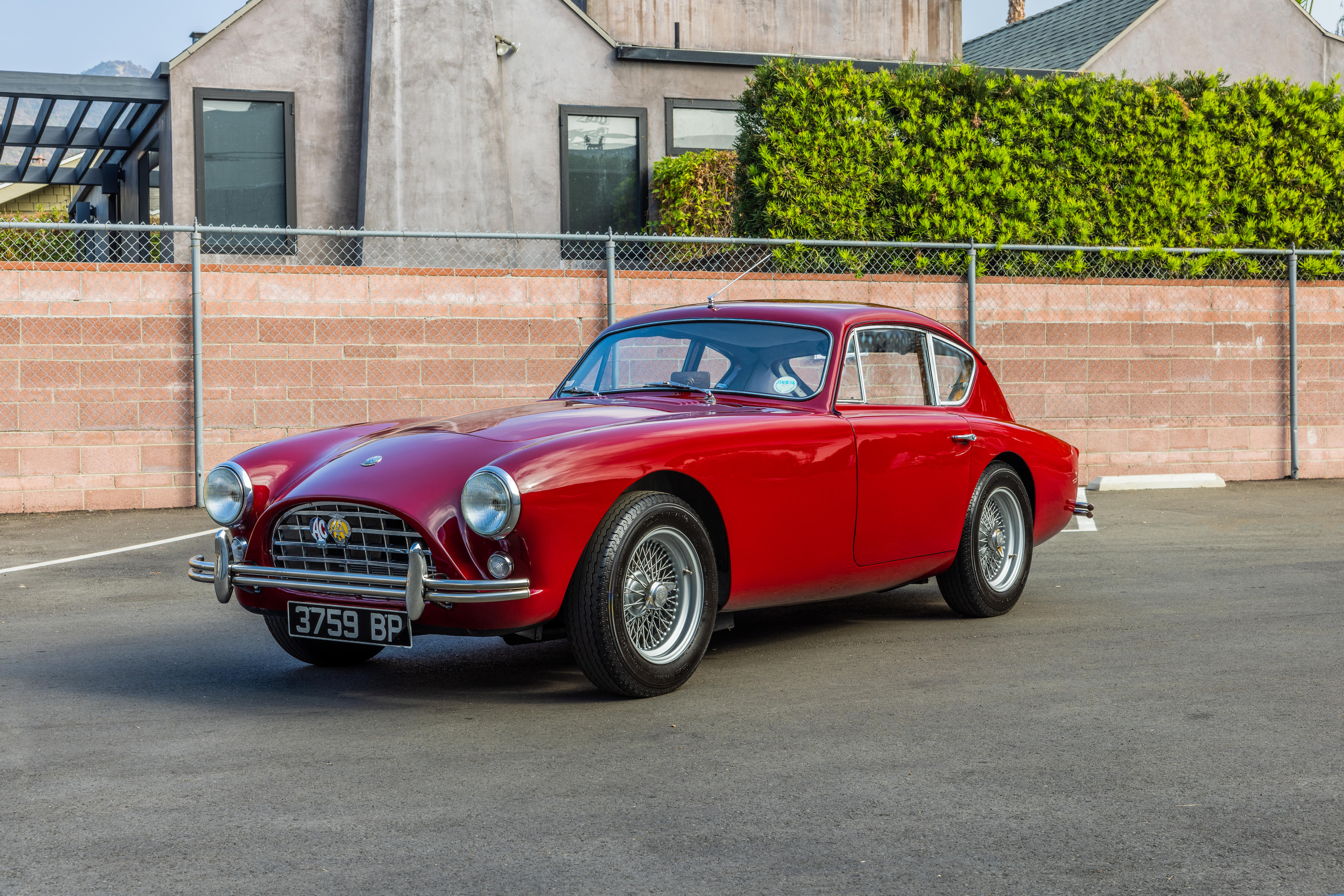
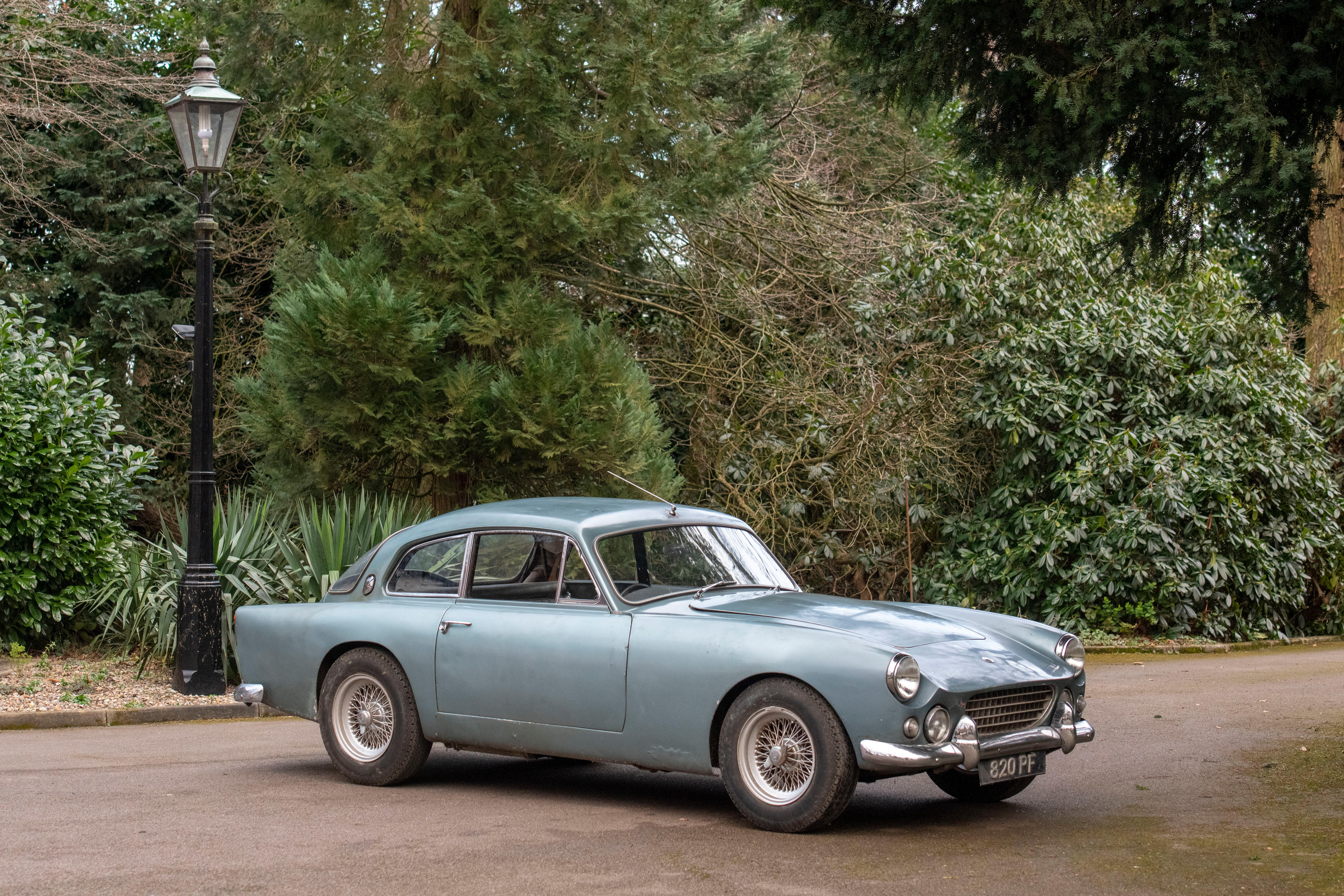
Testen Sie LotSearch und seine Premium-Features 7 Tage - ohne Kosten!
Lassen Sie sich automatisch über neue Objekte in kommenden Auktionen benachrichtigen.
Suchauftrag anlegen